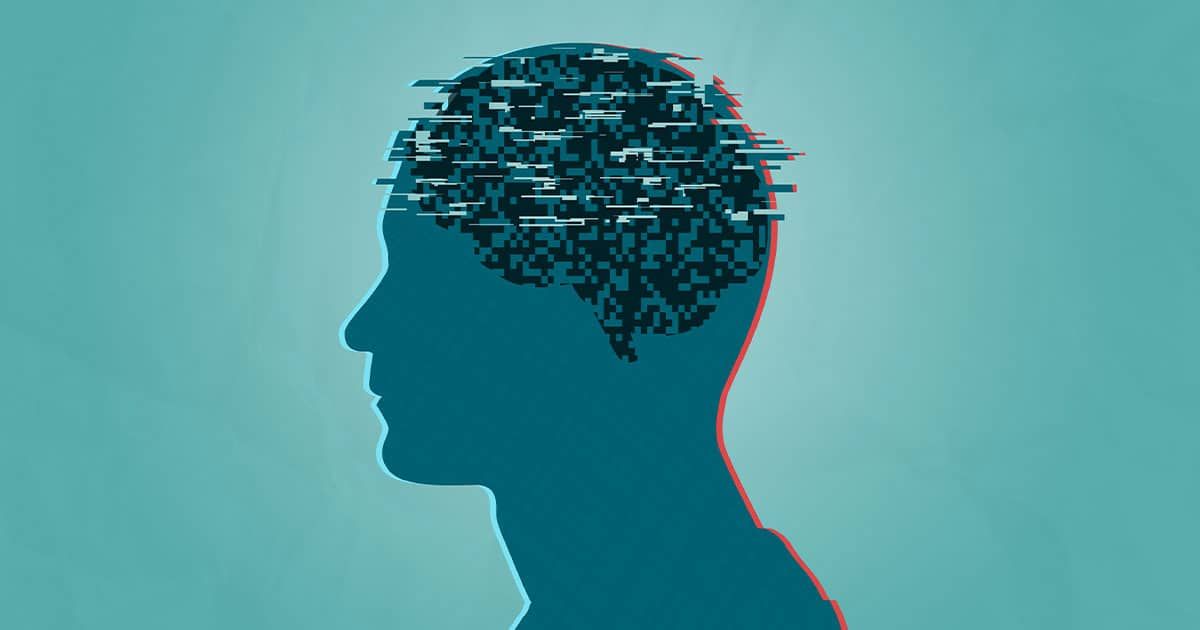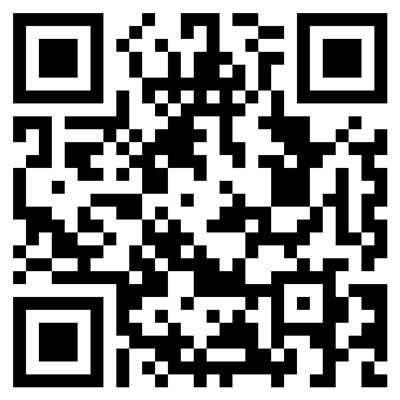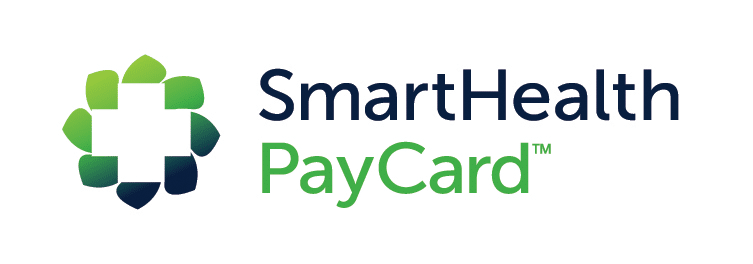Mental Health Clinic - Carbondale IL
What’s The Difference Between TMS & ECT?

The Albany Clinic • Jun 02, 2023
Mental health conditions can be challenging to treat, and traditional therapy, medication, or lifestyle changes may not always be enough to provide relief. For patients with treatment-resistant depression, two alternative treatments are TMS and ECT. Many people confuse the two, but they are very different methods of treatment.
In this article, we will explore the differences between TMS and ECT and examine their effectiveness, side effects, and who can benefit from each treatment.
Understanding TMS & ECT
Transcranial magnetic stimulation (TMS) and electroconvulsive therapy (ECT) are two treatments used to alleviate symptoms of depression and other mental health conditions. While both treatments are effective, they differ in their approach and level of invasiveness.
What Is TMS?
TMS is a non-invasive treatment that uses magnetic fields to stimulate nerve cells in the brain. This stimulation can help alleviate symptoms of depression and other mental health conditions.
During a TMS session, the patient sits in a comfortable chair while a technician holds a coil over their head. The coil sends magnetic pulses to the brain, which stimulates nerve cells and improves mood. TMS treatments are typically performed in an outpatient setting and do not require anesthesia or sedation.
One of the benefits of TMS is that it is a relatively safe and painless procedure. Patients can return to their normal activities immediately after the treatment, and there are typically no side effects. Additionally, TMS can be used in conjunction with other treatments, such as medication and therapy, to enhance their effectiveness.
What Is ECT?
ECT is a more invasive treatment that uses electric currents to trigger a seizure in the brain. The seizure can help alleviate symptoms of depression and other mental health conditions.
During an ECT session, the patient is given an anesthetic and a muscle relaxant to prevent them from convulsing. Then, electrodes are attached to their scalp, and an electrical current is passed through the brain to induce a seizure. ECT treatments are typically done in an outpatient setting, but require sedation or anesthesia.
ECT is generally reserved for patients who have not responded to other treatments, such as medication and therapy. It can be an effective treatment for severe depression, bipolar disorder, and other mental health conditions. However, ECT is more invasive than TMS and can have more side effects, such as memory loss and confusion. Patients may also experience headaches, muscle aches, and nausea after the treatment.
Which Treatment Is Right For You?
If you are struggling with depression or another mental health condition, it is vital to talk to your doctor about your treatment options. TMS and ECT are just two of the many treatments available, and your doctor can help you determine which one is right for you. Factors such as the severity of your symptoms, your medical history, and your personal preferences will all be taken into account when deciding on a treatment plan.
Remember, seeking treatment is an important step towards improving your mental health and overall well-being. With the right treatment and support, it is possible to manage your symptoms and lead a fulfilling life.
The Science Behind TMS & ECT
How TMS Works
When the magnetic pulses from TMS pass through the brain, they stimulate the nerve cells in the prefrontal cortex. This area of the brain is responsible for mood regulation, and by stimulating it, TMS can improve symptoms of depression and other mental health conditions. TMS treatments typically last 20-30 minutes and are performed five days a week for four to six weeks.
During a TMS session, the patient sits in a chair and a magnetic coil is placed on their scalp. The magnetic pulses are painless and do not require anesthesia. Some patients may experience a tapping or knocking sensation on their scalp during the treatment, but this is generally well-tolerated.
TMS is a relatively new treatment, having been approved by the FDA in 2008. It is considered a safe and effective treatment option for patients who have not responded well to other treatments, such as medication and therapy.
How ECT Works
Electroconvulsive therapy (ECT) has been used to treat mental illness for over 80 years. During an ECT session, an electric current is passed through the brain, triggering a seizure. This seizure has been linked to the release of chemicals in the brain that can improve mood. However, the exact mechanism of action is not well understood.
ECT treatments are usually given two to three times per week, for a total of six to twelve treatments, depending on the patient’s response. During the treatment, the patient is given anesthesia and a muscle relaxant to prevent injury during the seizure.
While ECT has a reputation for being a harsh and outdated treatment, it is still used today in cases where other treatments have not been effective. It is generally reserved for patients with severe depression or other mental health conditions who are at risk of harm to themselves or others.
Despite its effectiveness, ECT does have some potential side effects, such as memory loss, confusion, and headaches. However, these side effects are usually temporary and can be managed with medication and therapy.
Comparing TMS & ECT
Effectiveness In Treating Mental Health Conditions
Both TMS and ECT have been shown to be effective in treating depression and other mental health conditions. TMS has been FDA-approved since 2008 and has been shown to be effective in approximately 60% of patients. ECT has been in use since the 1930s and has been shown to be effective in approximately 70% of patients. However, ECT is typically reserved for patients with more severe and treatment-resistant depression.
It is crucial to note that the effectiveness of these treatments may vary depending on the individual patient and their specific mental health condition. Some patients may respond better to TMS, while others may respond better to ECT. It is essential for patients to work closely with their healthcare provider to determine the best treatment option for their individual needs.
Side Effects & Risks
TMS is a non-invasive treatment and does not have many reported side effects. Some patients may experience headaches or mild discomfort at the site of the magnetic pulses. These side effects are typically mild and go away shortly after the treatment is completed.
ECT, on the other hand, is a more invasive treatment and has more associated risks. Patients may experience confusion, memory loss, or headaches after an ECT treatment. These side effects are typically short-term and go away within a few hours to a few days after the treatment is completed. However, in rare cases, patients may experience more serious side effects, such as heart problems or seizures.
It is important for patients to discuss the potential side effects and risks of each treatment option with their healthcare provider before making a decision.
Duration & Frequency Of Treatments
TMS treatments last approximately 20-30 minutes, and patients typically require five treatments per week for four to six weeks. This treatment schedule allows patients to continue with their daily activities and does not require any downtime or recovery time.
ECT treatments last longer, approximately 10-20 minutes, but patients may require more treatments. In total, patients usually receive six to twelve ECT treatments, two to three times per week. This treatment schedule may require patients to take time off from work or other daily activities to recover from the treatment.
It is critical for patients to consider the duration and frequency of treatments when choosing between TMS and ECT. TMS may be a more convenient option for patients who have busy schedules or who do not want to take time off from work or other daily activities. ECT may be a better option for patients who require more intensive treatment or who have not responded well to other treatment options.
Who Can Benefit From TMS & ECT?
Candidates For TMS
TMS is a non-invasive procedure that uses magnetic fields to stimulate nerve cells in the brain. It is typically recommended for patients with treatment-resistant depression or those who cannot tolerate medication. TMS has been shown to be effective in treating depression, anxiety, and other mood disorders.
During a TMS session , the patient sits in a comfortable chair while a magnetic coil is placed on their head. The coil delivers magnetic pulses to specific areas of the brain that are responsible for regulating mood. The treatment is painless and does not require any anesthesia.
Patients with metal implants in the head or neck should not undergo TMS treatments. Additionally, TMS may not be suitable for patients with a history of seizures or other neurological conditions.
Candidates For ECT
Electroconvulsive therapy (ECT) is a more invasive treatment that involves passing electrical currents through the brain to trigger a seizure. ECT is typically recommended for patients with severe, treatment-resistant depression, or those who are suicidal.
ECT has been shown to be effective in treating a variety of mental health conditions, including depression, bipolar disorder, and schizophrenia. However, it is usually considered a last resort treatment due to its potential side effects.
During an ECT session, the patient is given anesthesia and a muscle relaxant to prevent injury during the seizure. The electrical currents are delivered through electrodes placed on the scalp. The treatment usually takes less than 30 minutes.
Patients with a history of heart problems, seizures, or other medical conditions may not be able to undergo ECT treatments. Additionally, ECT can cause side effects such as confusion, memory loss, and headaches.
The Future Of TMS & ECT
Advances In TMS Technology
Currently, researchers are investigating new ways to deliver TMS treatments, such as using multiple coils at once to stimulate multiple areas of the brain. These advances may increase the effectiveness and efficiency of TMS treatments.
Advances In ECT Technology
Newer ECT machines use lower levels of electricity, which may reduce the risk of side effects such as memory loss. There is also research being done to combine ECT with other treatments, such as medication or psychotherapy.
Conclusion
At The Albany Clinic , we understand the importance of finding the right treatment for individuals with treatment-resistant depression and other mental health conditions. TMS and ECT are two valuable options that offer distinct benefits and risks.
If you or someone you know is considering these treatments, we encourage you to schedule a consultation with our experienced team. We will assess your unique needs and help you make an informed decision about the most suitable treatment option for you. Take the next step towards finding relief and improving your mental well-being by reaching out to The Albany Clinic today. Your journey to a better quality of life starts here.
If you are interested in learning more about ketamine for TMS therapy treatment in Carbondale, IL, contact the Albany Clinic and request your consultation today.
The post What’s The Difference Between TMS & ECT? appeared first on The Albany Clinic.

At the Albany Clinic, our goal is to make you comfortable and provide relief for your symptoms. We accomplish this with a warm atmosphere, a caring and competent staff, and a state-of-the-art facility.
Leave Us a Review
Click The Google Image Below
Easily scan the QR code below with your mobile phone camera to leave us a Google review.

Quick Links
All Rights Reserved





